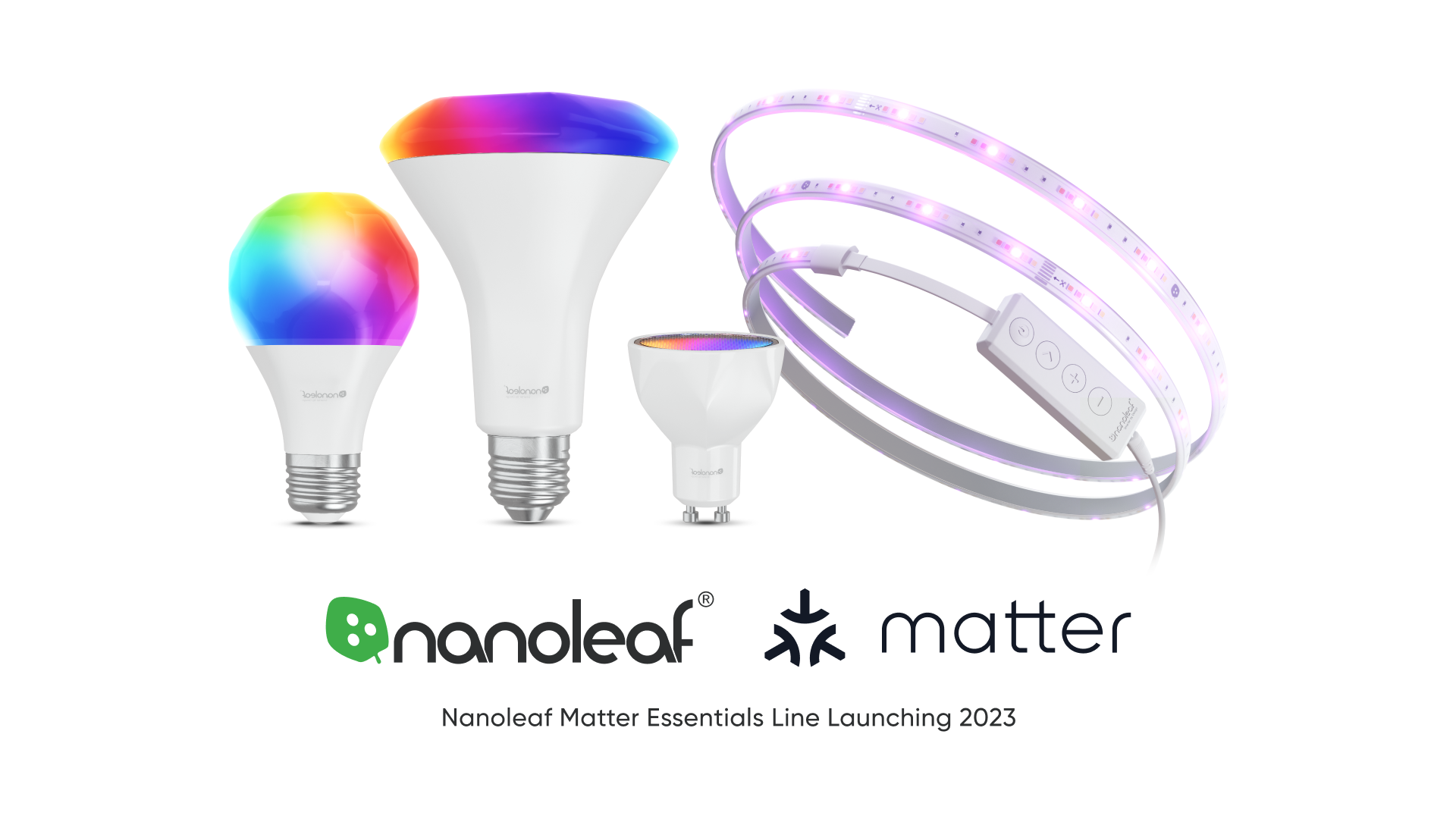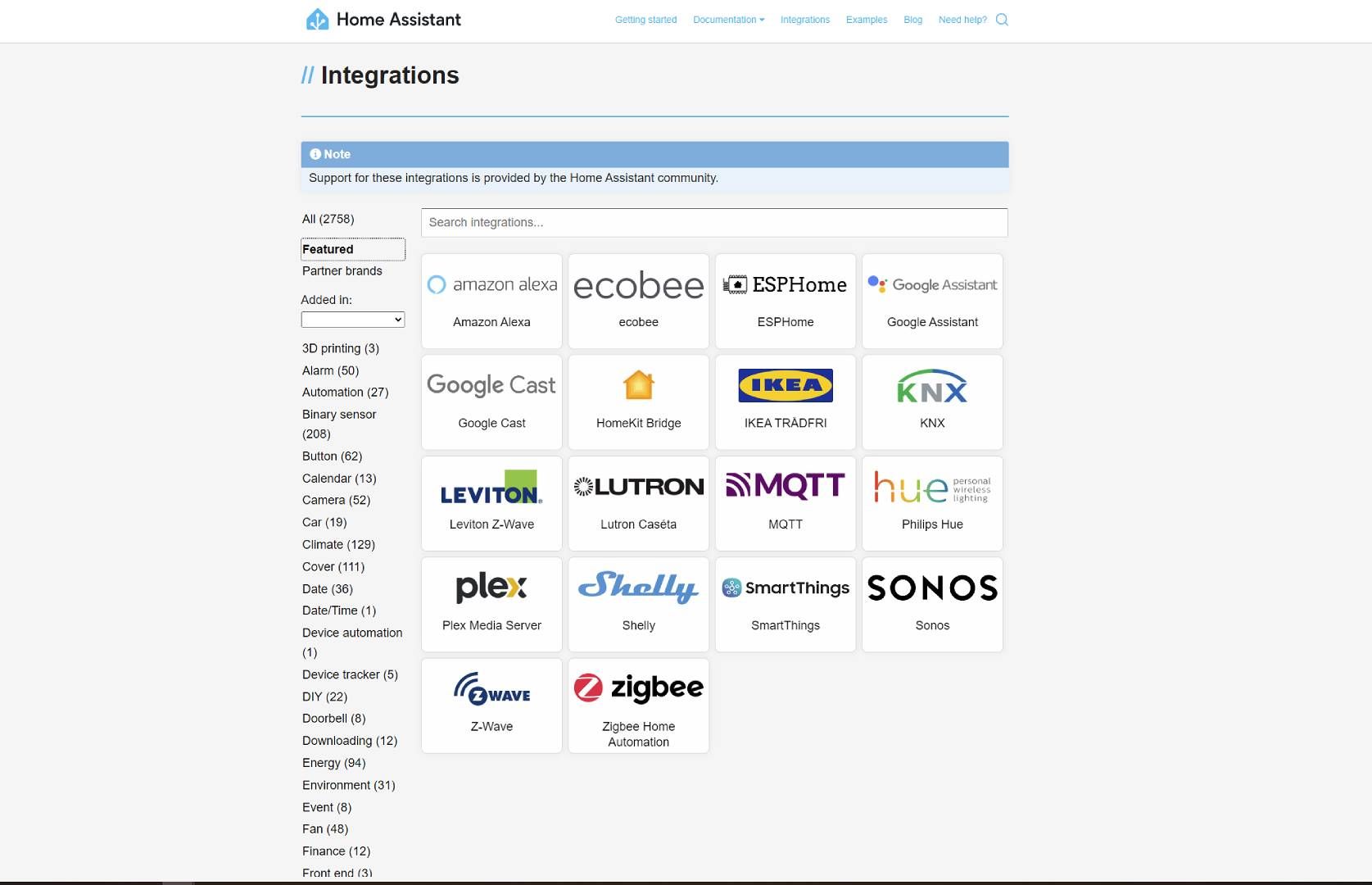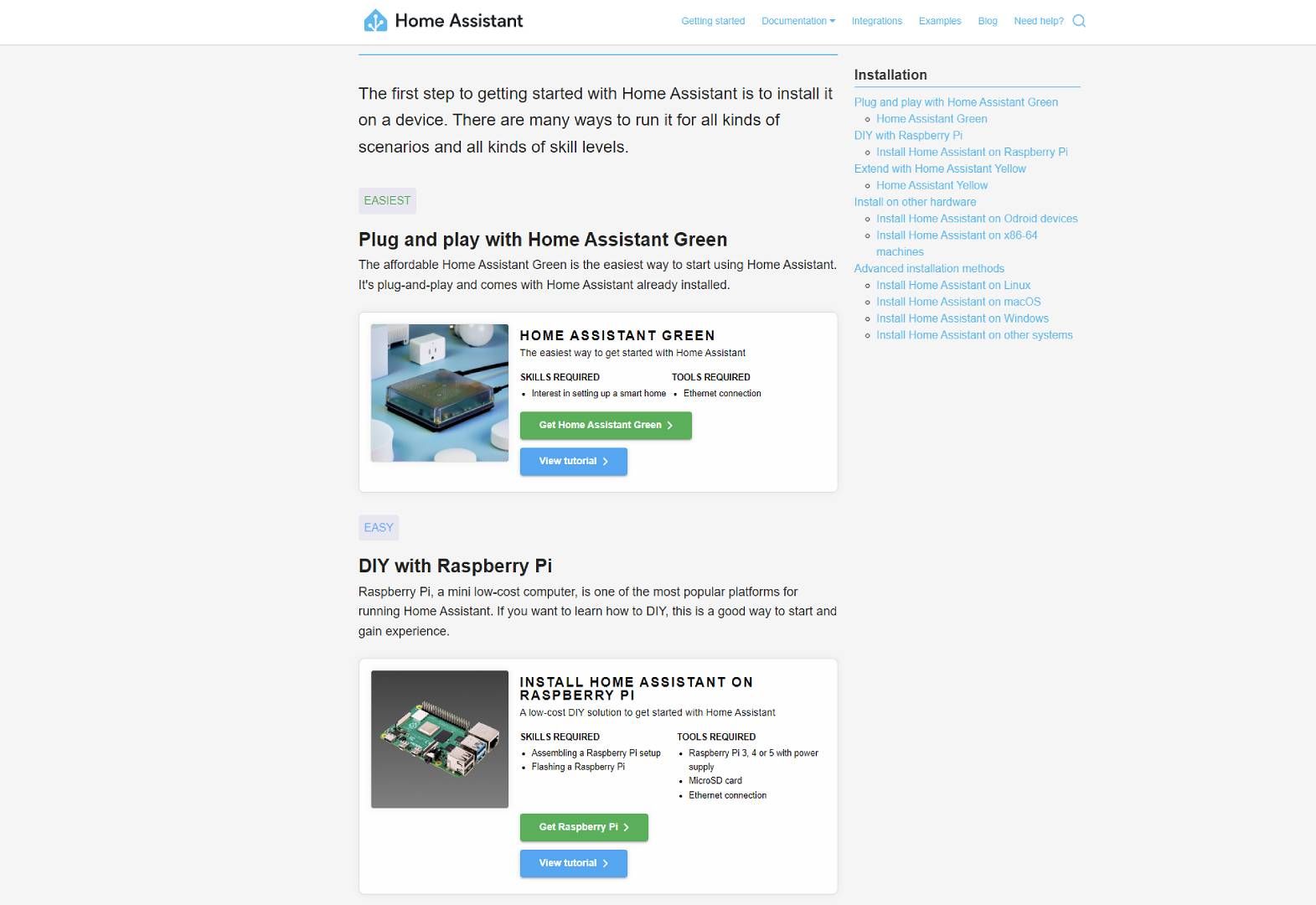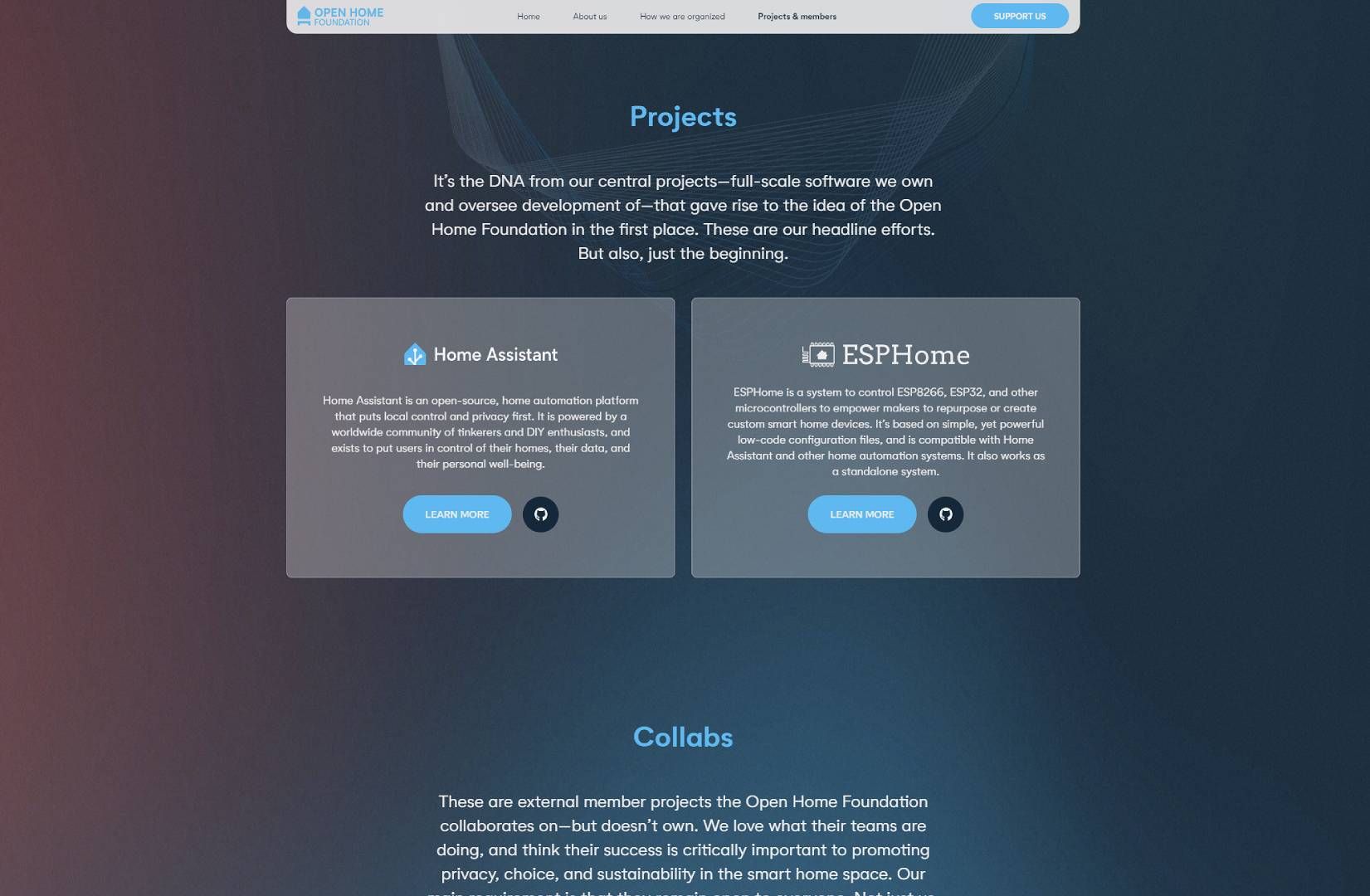There’s an XKCD comic about unifying, catch-all standards accidentally contributing to the proliferation of all kinds of protocols, and it reflects the current state of smart tech reasonably well. For years, we’ve seen big players like Amazon, Google, and Samsung tout their devices and control interfaces, only for consumers to continue struggling to streamline and integrate all the features they want.
While Matter is progressing somewhat slowly, it is gaining ground. More compatible devices are released every month, and bugs get ironed out occasionally. However, it appears that there is some difficulty aligning the various invested partners’ visions.
Source: Nanoleaf
Nanoleaf was one of the first to release a Matter-compatible smart bulb
The software side is where Matter is backed by a non-profit startup, an open source toolkit, and a dedicated power user community. The newly formed Open Home Foundation and its project, Home Assistant, aim to become the overarching Matter interface and control platform.
Home Assistant, the open-source smart home platform
A simple name could go a long way
Home Assistant itself is far from new; Founder Paulus Schoutsen spawned the idea in 2013 after reprogramming his Philips Hue Hub using a little Python scripting. Since then, it’s developed into the most comprehensive and powerful smart home platform that the general public has never heard of.
You won’t see advertisements for it on Amazon, which wants Alexa and the surrounding software to be the ubiquitous smart controller. Ditto for Google and its ecosystem, despite its persistent develop/release/neglect/sunset development cycle constantly mucking up the Nest platform.

Matter explained: What is the next-gen smart home protocol
Your devices will finally work together as they should
Why Home Assistant’s a little different
The HA board and platform have always been non-profit. There’s no money from ads, and the relatively active community contributes significantly via feedback and donations.
That’s right, people are donating to a smart home platform — because it’s not run by money-grubbing executives who care far more about their bottom line than the user experience. Schoutsen made that clear when he explained, “We are not driven by money,” and, “We are not for sale.” With that in mind, these are four main advantages Home Assistant offers over competitors:
- Local, offline automation that doesn’t require communication with anyone else’s servers
- Complete control of all your telemetry and other personal data
- Support for a wide and expanding range of devices
- The ability to integrate those devices together at or very near their full functionality
One platform to bring them all, and with ZigBee unite them
It also works over Wi-Fi and Thread
Home Assistant already supports various devices over Wi-Fi, ZigBee, and Thread, the three most common wireless protocols in smart tech. The beauty of Home Assistant is that you aren’t locked into, and can largely mix and match protocols while still integrating them extensively.
Source: Home Assistant
Just some of the well-known device families supported by Home Assistant
Despite HA’s currently niche status, it already boasts thousands of integrations. These include popular services like iTunes and Foursquare, and huge selections of device families including the August lock and Reolink camera brands. You’ll also find some pretty in-depth integrations with Alexa and Google Nest products, too, which bodes well for the future of the platform.
That sounds groundbreaking! What’s the catch?
Do you know how to spot a Linux user? They’ll tell you
Compared to the countless casual and power users of the leading platforms, Home Assistant’s user base is pretty small — only around a million homes. If it’s so powerful, how come (comparatively) nobody uses it?
Source: Home Assistant
Let’s explain it this way: On the Getting Started portion of HA’s website, it lists the pre-assembled, centralized controller, the Home Assistant Green, for sale and labels it the “easiest” to install. Directly underneath it, a link to a Raspberry Pi module is labeled “easy” to install. While many of our esteemed readers wouldn’t have much trouble with it, DIYing even a basic Raspberry Pi board is well out of the reach of the majority of prospective smart home users, and far from what they’d call “easy”.
That’s fine — not everybody needs to be a power user — but the platform’s advanced capabilities and the community’s makeup of relative experts haven’t proved especially marketable to novices. For that matter, the very mention of a Linux kernel (like HA is based on) could turn off plenty of well-meaning and otherwise somewhat tech-savvy consumers.
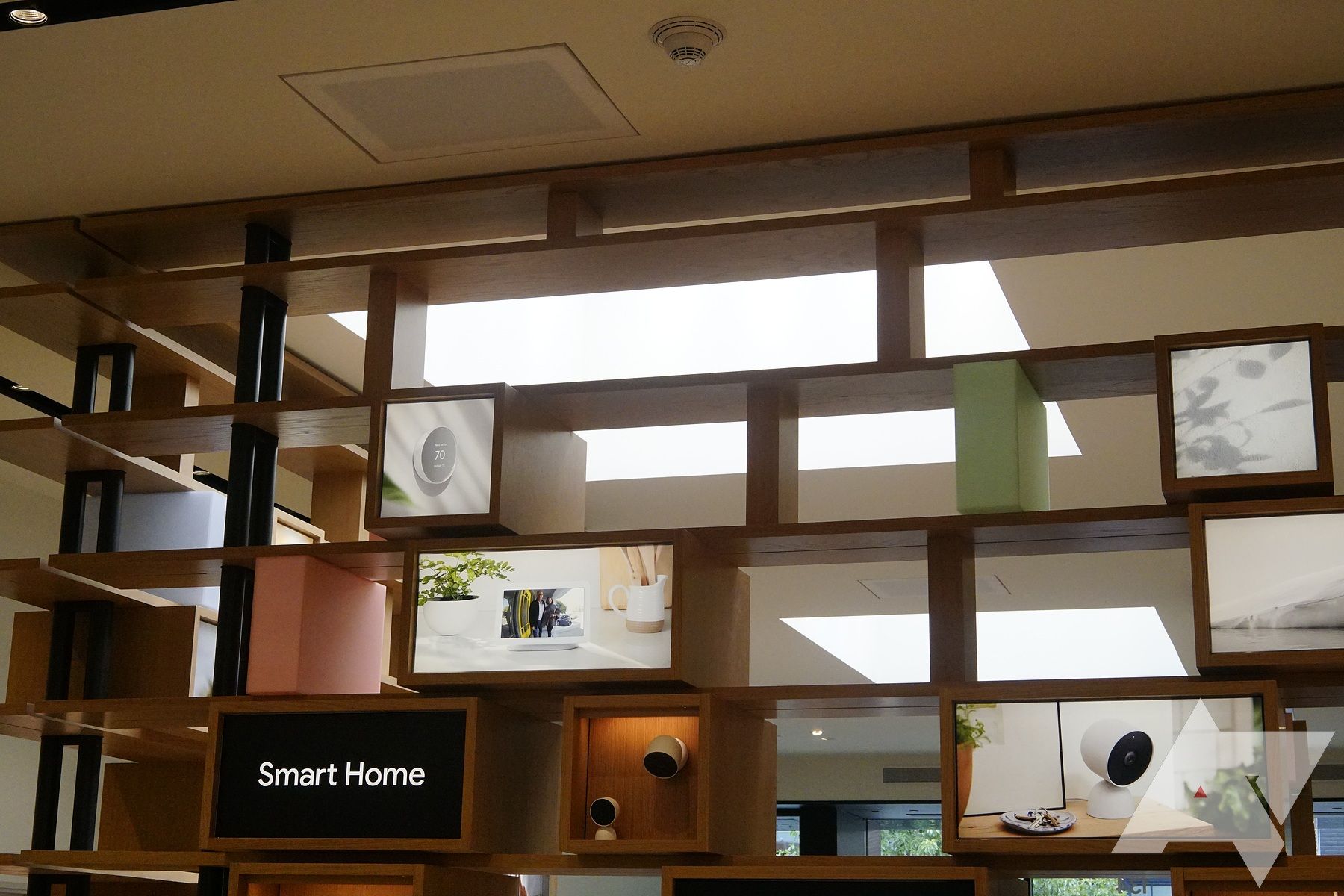
4 great smart devices to use with the Android ecosystem
Not all Android smart home devices are duds, these five prove it
But, as some community forum browsing will reassure you, it’s not terribly difficult to manage basic smart devices using Home Assistant. Just because someone else has their home Plex server indexed, voice-automated, and configured for remote DLNA access like a personal Netflix, doesn’t mean everybody needs to go that far.
Why you’re hearing about Home Assistant now
The Open Home Foundation’s formation protects the work already done and fosters new collaboration and advancement. The April 20 State of the Open Home presentation and accompanying press release are where Schoutsen’s beautiful quote about not being in it for money comes from.
Smart devices have been around for long enough that plenty of people have developed some level of familiarity. Corporate data harvesting and concern for privacy are at all-time highs. The HA ecosystem itself has had considerable time to develop support for various devices and services. From the outside, now’s as good a time as any to jump in, especially as Matter slowly but surely picks up steam.
Moving forward from a strong foundation
The Switzerland-based foundation opens up new possibilities for developing and maintaining the HA ecosystem, interface, and overall platform. It ensures core members won’t be driven by profit or even legally be able to sell out. It indicates clearly which partners — for now, only the previously in-house hardware vendor Nabu Casa — send financial support to the group and ensures those partners aren’t offered any out-of-line promises that might jeopardize the foundation or user experience.
Source: Open Home Foundation
For now, Schoutsen promises to continue focusing on power users and the advanced tools they need. Simultaneously, the foundation looks to become a true consumer brand, with the founder floating the idea of separate UIs for novice or more experienced users as an example. That’s just one of the reassuring philosophical and operational explanations Schoutsen offered, which give hope that someday, one smart home platform could truly rule them all.
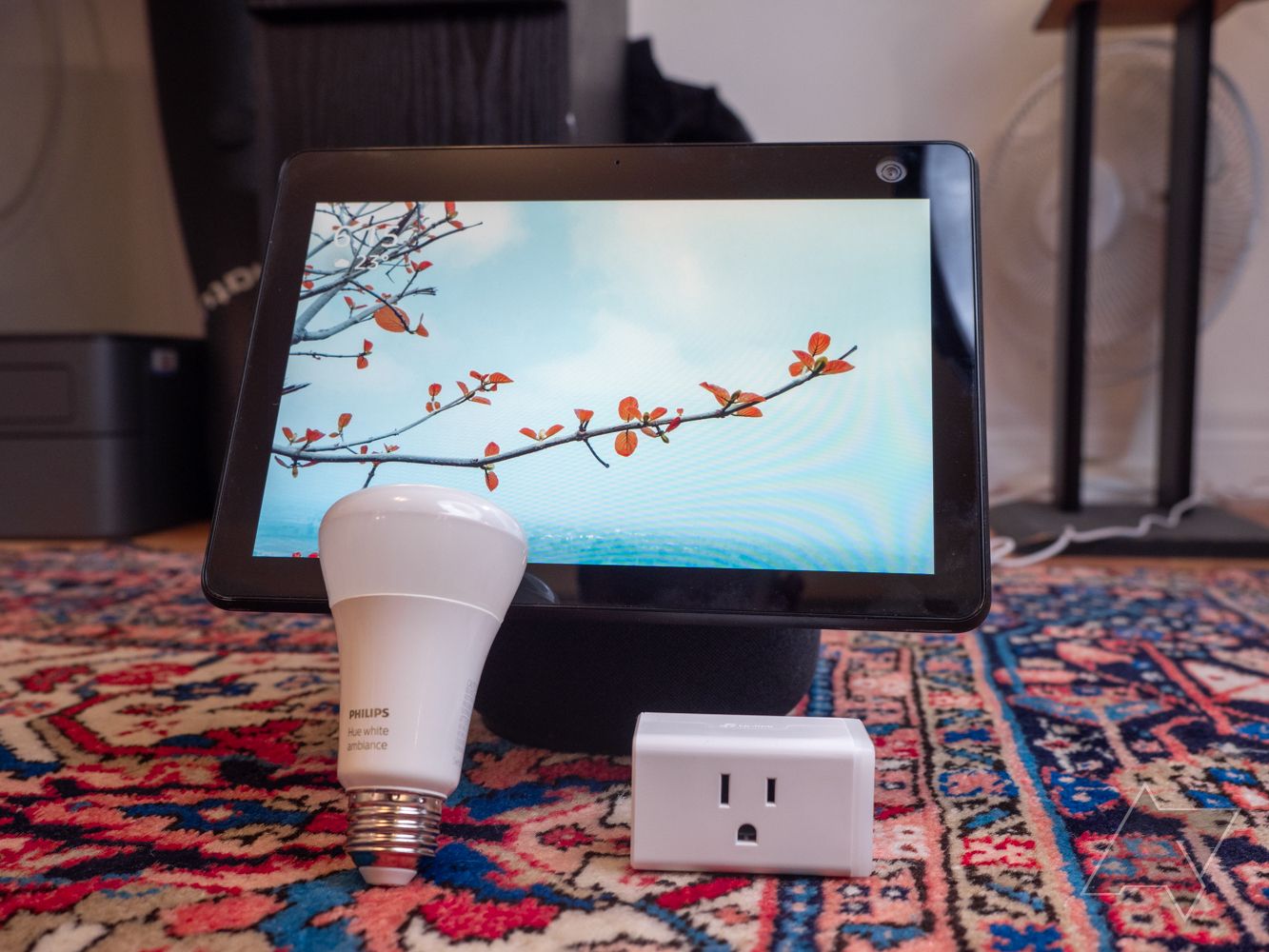
Best Matter smart home devices in 2024
Create a customized smart home experience that works with Matter
Source link

